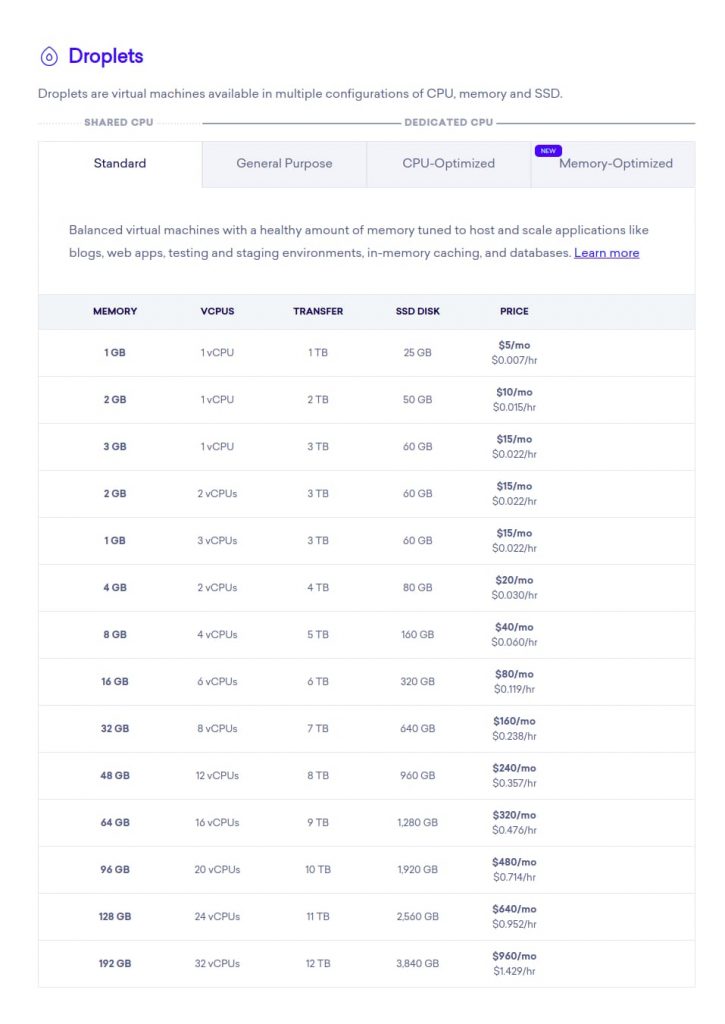

Things To Consider When Migrating Redis Data to a Managed Database Note: To help keep things clear, this guide will refer to the Redis instance hosted on your Ubuntu server as the “source.” Likewise, it will refer to the instance managed by DigitalOcean as either the “target” or the “Managed Database.”
INSTALL REDIS DIGITALOCEAN INSTALL
Please note, however, that you do not need to install the redis-tools package in Step 1, since you will have already installed redis-cli when you installed Redis in the previous prerequisite tutorial.
INSTALL REDIS DIGITALOCEAN HOW TO
Complete our tutorial on How To Connect to a Managed Redis Instance over TLS with Stunnel and redis-cli to set this up. This is necessary because DigitalOcean Managed Databases require connections to be made securely over TLS.

A Redis instance managed by a DigitalOcean.To set this up, follow Step 1 of our guide on How To Install and Secure Redis on Ubuntu 18.04. To set up this environment, follow our initial server setup guide for Ubuntu 18.04. This server should have a user configured with administrative privileges and a firewall set up with ufw. To complete this tutorial, you will need: This guide will also go over a few other commonly-used migration strategies and why they’re problematic when migrating to a DigitalOcean Managed Database. The method uses Redis’s internal migrate command to securely pass data through a TLS tunnel configured with stunnel. This tutorial outlines one method you can use to migrate data to a Redis instance managed by DigitalOcean. However, migrations can get more complicated when you’re moving data to a Redis instance managed by a cloud provider, as managed databases often limit how much control you have over the database’s configuration.

There are a number of methods you can use to migrate data from one Redis instance to another, such as replication or snapshotting.


 0 kommentar(er)
0 kommentar(er)
